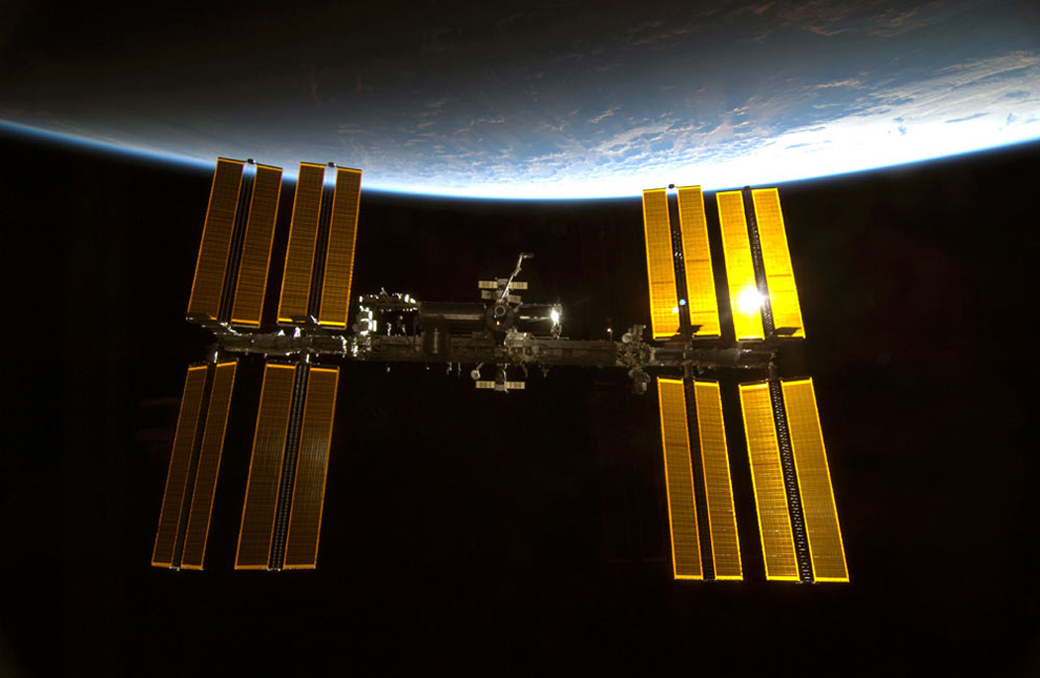International Space Station Could Fly Through 2028, NASA Partners Say

MUNICH, Germany - The International Space Station(ISS) partners have begun reviewing their on-board hardware with the goal ofcertifying it for use until 2028 even as they seek ways to reduce the annualoperating costs of the orbital complex, the partners said in a joint statement Thursday.
Meeting in Tokyo, the heads of space agenciesfrom the United States, Russia, Europe, Japan and Canada expressed approval atthe U.S. President Barack Obama?s proposal to continue NASA use of the spacestation until 2020, and said operating beyond that date should also beconsidered.
?[T]here are no identified technicalconstraints to continuing ISS operations beyond the current planning horizon of2015 to at least 2020 ? the Partnership is currently working to certifyon-orbit elements through 2028,? the five agencies said in a statement, addingthat they share a ?strong mutual interest in continuing operations andutilisation for as long as the benefits of ISS exploitation are demonstrated.?
The 2028date was selected because it will mark the 30th anniversary of the first spacestation module, which Russia placed into orbit in 1998.
The partners also agreed to seek ways toreduce the annual cost of ISS operations. Simonetta Di Pippo, space stationdirector at the 18-nation European Space Agency (ESA), said in a Thursdayinterview that several ideas were floated. Di Pippo said these include new-generationwater-regeneration systems to reduce the need to launch fresh supplies, andincreasing the upload capability of cargo carriers including Europe?s AutomatedTransfer Vehicle, which is scheduled to make its second flight to ISS laterthis year.
Di Pippo said the all-but-certain decision toextend the station?soperations to 2020, if not longer, buttresses the argument in Europe tomodify the Automated Transfer Vehicle to permit it to return to Earth withstation supplies. ESA has made preliminary studies of what is called theAdvanced Re-Entry Vehicle, but has not begun hardware development, in partbecause of uncertainties over how long ISS would remain in service.
As currently designed, the Automated TransferVehicle, after bringing supplies to the space station, is loaded up with refuseand guided back into the atmosphere to burn upupon re-entry.
Breaking space news, the latest updates on rocket launches, skywatching events and more!
- Images ? Space Station's New Window on the World
- Video Show - Inside the International Space Station
- Satellite Radar Photo Shows Eerie Space Station

Charles Q. Choi is a contributing writer for Space.com and Live Science. He covers all things human origins and astronomy as well as physics, animals and general science topics. Charles has a Master of Arts degree from the University of Missouri-Columbia, School of Journalism and a Bachelor of Arts degree from the University of South Florida. Charles has visited every continent on Earth, drinking rancid yak butter tea in Lhasa, snorkeling with sea lions in the Galapagos and even climbing an iceberg in Antarctica. Visit him at http://www.sciwriter.us
